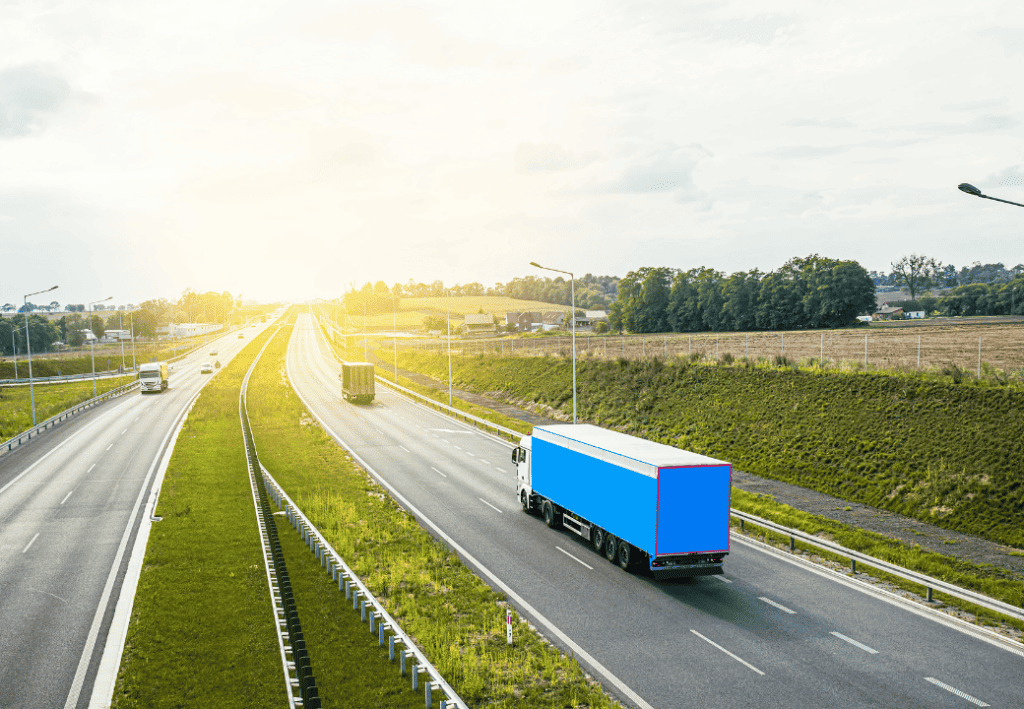The aim of the different regulations and measures mentioned above is to encourage transport companies to invest in less-polluting vehicles, especially electric ones. However, even today, an electric truck can cost three to four times its diesel equivalent, representing a substantial cost for transport companies. A recent study by mobility specialists Bridgestone and Webfleet claims that more than three-quarters of fleet decision-makers are postponing their electrification plans, and 76% of them say this is due to high costs (71% for vans and 80% for trucks). This is why many countries offer tax reductions or financial incentives to purchase electric or low-emission vehicles.
In France, for example, electric and plug-in hybrid vehicles benefit from an exemption from company vehicle tax (TVS) and a reduction in registration tax. An environmental bonus has also been introduced for the purchase or leasing of clean vehicles. Until the end of 2022, carriers could receive up to 5,000 euros for an electric van and 50,000 euros for a new electric and/or hydrogen-powered heavy-duty vehicle. This aid can be combined with the amortization scheme for clean energy vehicles, available until December 31, 2030. This scheme grants a tax deduction of:
In Germany, the highest subsidy granted to electric vehicles reaches 360,000 euros per vehicle, with a cap of 80% of the additional investment compared with an equivalent diesel vehicle. Some countries offer different subsidies depending on company size:
- For small businesses or independent contractors, Spain grants 190,000 euros; the Netherlands, 131,900 euros.
- For large companies, Spain grants 130,000 euros; the Netherlands 72,700 euros.
Regulations and financial incentives may vary from country to country, and may be subject to specific conditions. Carriers are advised to check with the relevant authorities or business support organizations for specific information on tax reductions or financial incentives available in their country.

